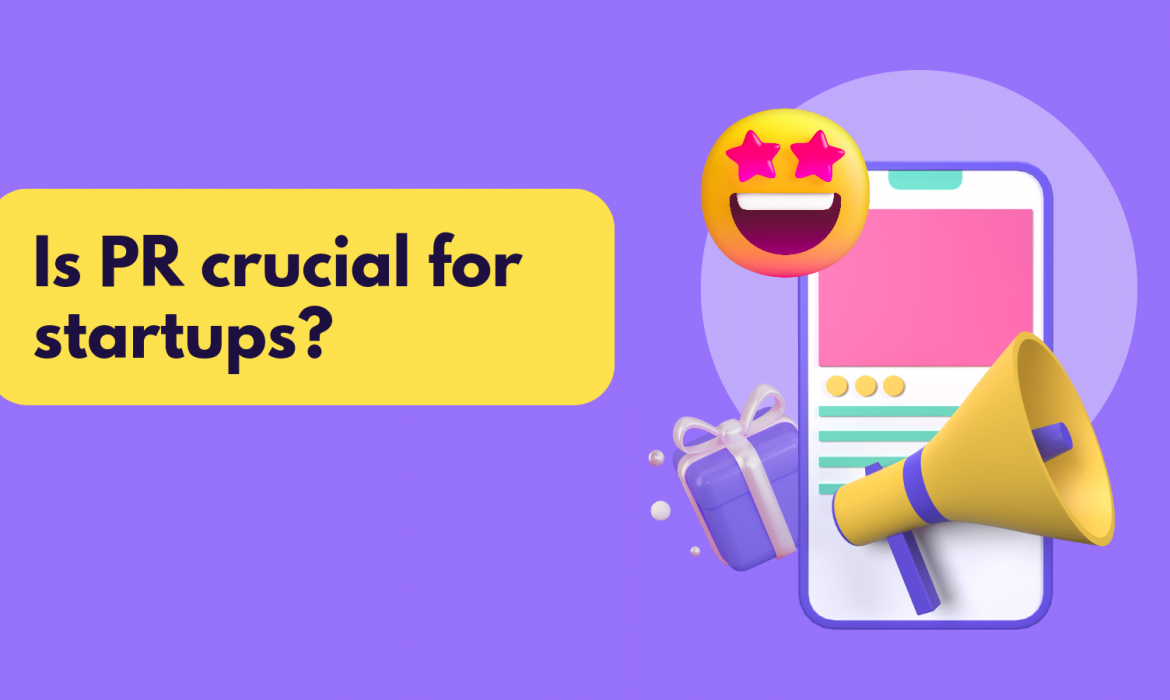There is a common view held by many owners, that a business will only require public relations when it has become big enough and taken on a certain scale of operations.
This view clearly reflects the fact that numerous people tend to confuse public relations with marketing. They miss the point that even the smallest entrepreneur with the best quality products needs to connect with his customers and that needs PR.
Marketing, which is an action of promoting and selling products, is made easier when the consumers are aware of the brand and that is the responsibility of PR professionals.
According to Steve Blank’s Customer Development Model, PR activities can happen at any stage, but should begin to increase at the customer creation stage. As soon as an entrepreneur is ready to position his company, that is exactly the right time for them to consider hiring PR services.
PR experts will have the skills and through market research, come up with a strategy that will position the entrepreneur’s products to the right audience and create the awareness that attracts customers.
PR also differs from marketing in that it is earned rather than paid for. For instance a favourable article in print media is earned publicity, but you have to pay for a billboard.
PR tactics for startups focus on spurring people to talk about the product or the company.
Practitioners do this by promoting newsworthy editorial content ensuring that the tone of conversations among the public about the brand remain positive. On the other hand, marketers would need to craft an advert, but which may not necessarily reach a wider audience.
Too often business owners underestimate that a positive story about their brand creates a bigger impact than a single advert. For one thing an article stirs up interest. It is true an advert can instantly grab attention, but for the purposes of making a discerning choice, people will look for more information in a newspaper story.
The other factor is if one analyzed the costs of creating awareness and promoting a brand, publicity is usually far less expensive. Gaining one piece of coverage per month can be much cheaper than advertising and steadily builds a company’s image in the eye of the general public.
Some startups owners worry excessively about being too small to deserve attention, forgetting that it is the quality of what they are selling and told in an interesting story that really matters. Editors tend to receive hundreds of emails with press releases, articles, ideas and interviews, but an interesting story, will always stand out. Often, it is also a bonus if the PR agent understands the business sector of the brand and has good media contacts.
Besides a news story, a comment on a topical issue related to the company’s sector or an opinion piece are also equally useful. Carrying out a market research and have results published, can also help create traffic because the media may use this information and quote the brand.
There are other options for maintaining brand relevance. Sponsoring a local sports team or event and donating to charity or giving talks at conferences as well as talk shows and taking a stand at an exhibition.
However, these are not substitutes for media PR because they can be used concurrently. These options are stand-alone, but help in delivering effective publicity for the company.
Besides traditional media, sponsoring a post on social media is a form of advertising. However, when the same post is sent to a blogger who genuinely likes it and posts or comments about it then it becomes PR.
On the other hand, the credibility needed to create a lasting positive impression and a first push to influence a purchaser decision that is where marketing comes in. Marketing is mainly about promotion and practically, it is the next step after PR to effectively deliver products and services to customers who have heard about them through the PR efforts.
Just to repeat: marketing becomes easier when the brand image has already been established and the customers have been motivated to buy.
